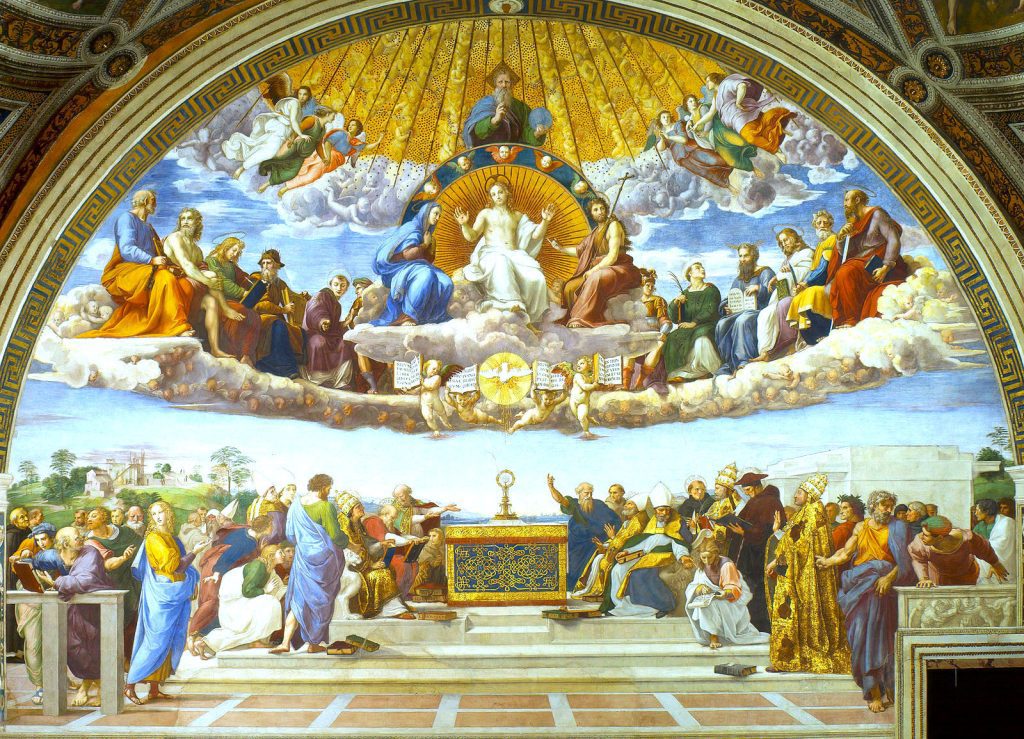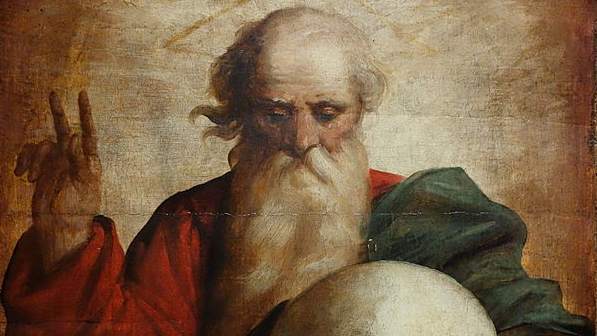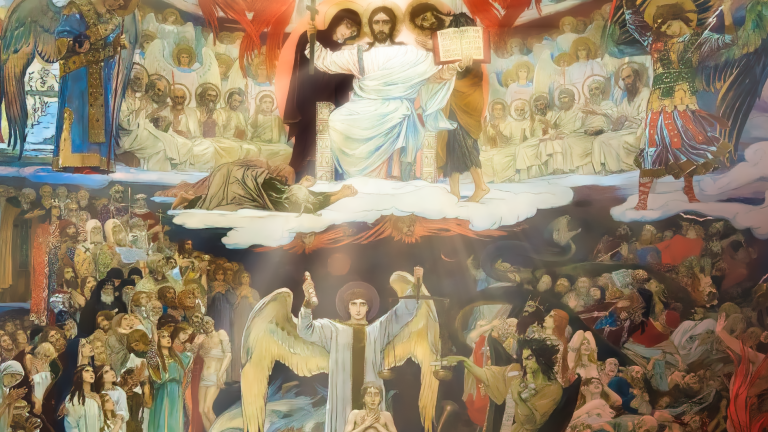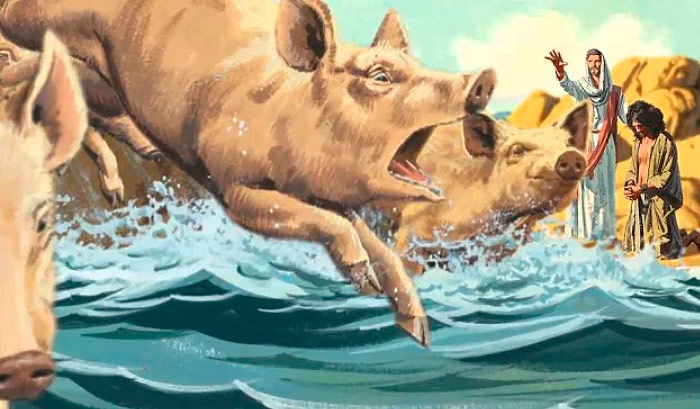“Wampum” was a currency that Eastern Indians made from beads they laboriously formed from the shells of clams. The beads were drilled, polished, and strung together by hand. Britain’s Imperial Protestants quickly saw an opportunity.
English factories produced much prettier glass beads by the millions, at incredibly low costs. Indian currency was utterly debased by a flood of cheap, glass beads. Indian economic structures were ravaged.
Britain’s Imperial Protestants did not stop after destroying Indian currency with mass-produced wampum. They soon discovered that many Indians would exchange anything they owned for whiskey. It was as addictive to them as heroin and pain-killing drugs to those utterly unused to it, and became another destructive form of money.
Then, beaver pelts became a “new” currency. A stack of beaver pelts piled as high as a musket and compressed with heavy weights could be exchanged for that flintlock.
Why were the skins of industrious rodents suddenly valuable?
Beaver hats were suddenly deemed “stylish” by the British Imperial Protestants’ marketing arm. “Our newspapers will let people know that if they aren’t wearing a beaver hat, they’ll never be anybody! That will gave traders inducements to foray farther West for more beavers. They’ll help destroy more Indian economies and tribal structures. And, they’ll help drive out the accursed French before they started teaching Indians to read and write in the schools those accursed Catholics are always building.”
Beaver pelts could also be exchanged for a few bottles of whiskey, whose purchase brought painful death to the shivering, starving Indian families. Indian men rarely came home sober from the trading post with the blankets, salt, flour, and iron pots that would have kept them alive through bitter winter after bitter winter if they hadn’t been exchanged for whiskey.
Soon, the “beaver pelt money” disappeared. The beavers disappeared, too. And, so did the Indians. Beaver hats were soon replaced with other styles that funded and facilitated Britain’s Imperialist Protestant invasions of other areas. “Silk is the next nice.” became a marketing mantra.
The success of turning beaver skins into status symbols to help fund the colonization and destruction of native peoples was repeated. Queen Victoria was told, “If your Majesty makes opals popular in jewelry, we can encourage people to go to Australia and mine for opals. Aspirations of the insecure can, once again, fund the taking over of an entire continent and get rid of their useless aborigines.”
Soon, with the “royal” family helping, the perpetually insecure English middle class believed. “If I’m not wearing opals from Australia, I’ll never be anybody!” The booming opal business facilitated the Imperial Protestants’ exploration, settlement, and extermination of Australian aborigines. People were so busy admiring their shiny, new opals that no one noticed that an entire Continent had been stolen and that countless natives had been exterminated.
That royalty-encouraged fad, like tobacco and beaver hats before, used the vanity of status-seeking subjects to help pay for colonizing and settling an Empire of Imperial Protestants who had no qualms about exterminating the simple, Stone Age people who were in their way.
When the occasional Catholic would ask, “Aren’t you afraid of burning in hell forever for helping to kill all these natives and stealing their lands?”, the Pastor Bobs working for Britain’s Imperial Protestants would reply: “No. We believe in Jesus. And we know that we are saved by Faith, Alone.”
Then, they would go back to what they did best, killing whomever got in their way.







